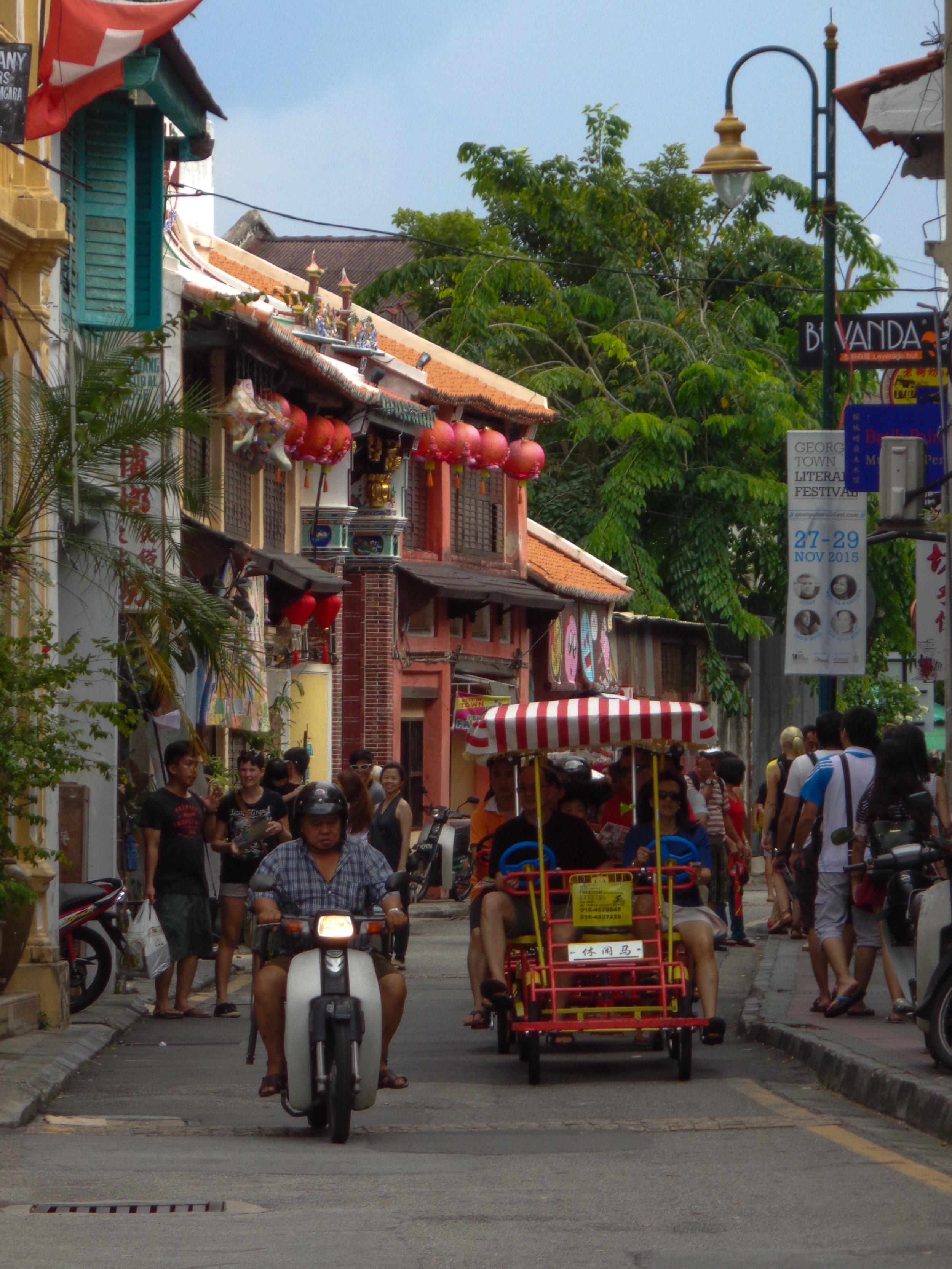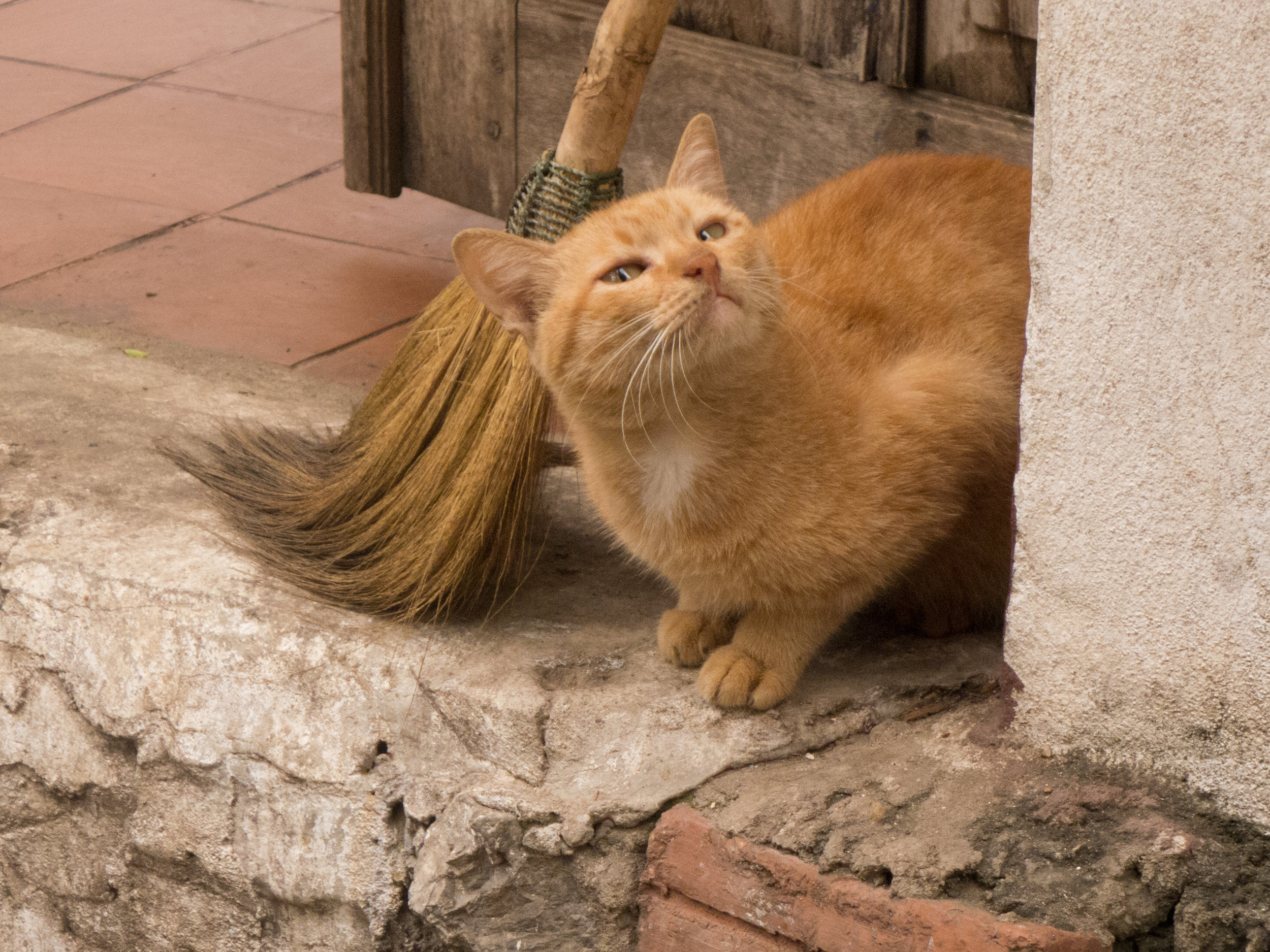Unsettled on The Snaefellsnes
As someone who promotes things for a living, something about visiting Iceland inspired slogans. “Iceland. S’neat.” Hard to translate though. “Iceland. Full of Surprises.” Maybe I was still in my work brain, or maybe Iceland makes you want to tell everybody about Iceland. And we’d only just arrived that morning.
Outside, 6 am, 25°F, plus biting winds. I read that we could probably go without a 4x4, but we rented one just in case, since, as everyone said: It’s Iceland. You never know what will happen! “Iceland. What Happens Next?”
Blue Lagoon
After a restorative soak in the surreal hot springs of the Blue Lagoon, we drove to Stykkisholmur, a colorful fishing town on the north coast of the Snaefellsnes Peninsula, about 3 hours northwest of Reykjavik. I took to calling it the Snuffalupagus Peninsula, after Big Bird’s imaginary friend/wooly mammoth. Like Snuffy, it's hard to believe Iceland is real.
Even at the tail end of winter, Iceland isn’t a bargain. We needed a place to sleep, and while there were numerous small hotels and guest houses in Stykkisholmur, most weren’t open and what was open was pricey. After a hefty bowl of cauliflower soup at Nesbraud, we decided to try our luck in Olafsvik, one hour away and just a few miles from the border of the Snaefellsjokul National Park.
The blacktop snaked past lava fields, frozen waterfalls and lumbering black-green hills. Ice-covered peaks floated like ghosts in the distance. It felt like another planet. “Iceland. Earth, Only Better.”
Norwegians – Vikings – settled Iceland in about 930 a.d., braving rough seas for a new home in an inhospitable, impassable land. Remains of abandoned settlements run the border of the black sand coastline. Dotted lines of stones mark where lives once were. Crumbling door frames stand still, thresholds from then to now, from was to is.
A sign said we were passing through the Berserkjahraun lava field. Berserk! Ha! I had to look it up. The name relates back to the Eyrbyggia Saga, an Icelandic favorite. The sagas aren’t so much myths as local legends, grounded in real people, places and events.
In the Eyrbyggia Saga, a landowner hired two gigantic, powerful men, Berserkers (the most violent of the Vikings, which is saying something), to work on his land. He soon learned that one of them was enamored of his only daughter. To avoid marrying her off to a madman, he sent the Berserkers on an impossible mission: clear a path through the lava field so he could get to his brother’s property. They did the job in record time, and the landowner insisted they rest and relax in the sauna. Once in the underground sweatbox, in came a flood of boiling water, killing the Berserkers in gruesome fashion. Sounds fantastic, but the bodies of two enormous men were recovered on that land, and the path remains, now a national monument.
This weird, wild landscape lends itself to implausible scenes and oversized stories. For example, something like 54% of Icelanders believe in elves. Construction projects have been suspended rather than disturb the elves and suffer their wrath. (What elfin wrath looks like, I don’t know. I’m thinking tea kettles shattering, slipping in the tub, terrible tinnitus from nonstop screeching.) Seems silly - until you’re here. All the nooks and crannies in the earth, little lava caves. If elves are going to live anywhere, it’s Iceland. “Iceland. Because Elves.”
When we arrived in Olafsvik around 7 pm, the one hotel we'd found was closed. A handwritten sign on the door said they’d be open tomorrow. That’s what you get for visiting Iceland in the shoulder season. Luckily, Hraun, the only restaurant in town (the name means “lava”), was open for dinner. Over two amazing cheeseburgers and fries with ‘Icelandic dipping sauce’ (ketchup + mayonnaise), we asked our waitress for help.
She handed us a cocktail napkin with the word HADID, like a secret password, or the name of a dragon we needed to slay before we could check in. I remembered passing it now, maybe 100 yards up the road. A shabby beige block of concrete with storefronts on the street side. Leery, we headed over there and dragged our bags up a flight of wooden stairs on the back of the building. Inside . . . surprise! A bright, new, white-on-white reception area and dining room, decorated with quirky tchotchkes and art. “Iceland. Who Knew?”
Our tiny room sat on the corner of the building, with two large salt-worn windows, and below, a small stretch of black sand beach. Great bedding (they know their down, the Icelanders) and the sound of the ocean put us right to sleep.
The next morning, it was snowing. A lot. No snow removal on the two-lane road. We shrugged our shoulders, put our faith in our 4x4, and forged ahead.
The empty road wound through volcanic rock smothered in acid olive green moss, rolling carpets of golden hay, and patches of snow. All day the weather played games – blasting winds, mist, rain, freezing rain, snow, sunny spots. Just when you’d get used to it – or couldn’t stand it anymore – the weather would change. “Iceland. Wait For It “
Low clouds and fog hid the top of Snaefellsjokull, the glacier-covered volcano looming in the center of the national park bearing its name. A stocky orange lighthouse flashed on the landscape. Seabirds swarmed glistening basalt cliffs. Hundreds of common murre, black birds with white bellies, bobbed like little boats on the sheer green water below. We crawled into a stone shelter to drink pure, frigid water from an ancient well.
Bringing everything full circle, our last meal on the Snaefellsnes: voluminous bowls of mushroom soup at Primus Kaffi. Charming and bright, the café sits on a hill overlooking the ocean. A pretty, empty church and a sailors’ graveyard mark the property. The church seemed abandoned, but through the windows, satin upholstered pews and worn mass books stood ready for services. (cue spooky music)
“Iceland. Magic Lives Here.” “Iceland. Believe.” Take your pick. It’s all true.













































































